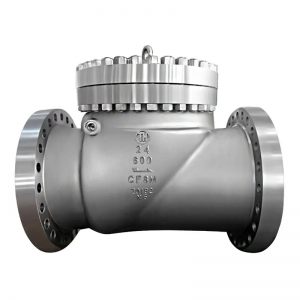Choosing the appropriate cryogenic valve is essential for industries that handle liquefied gases and operate in low-temperature environments. The selection process involves careful consideration of several key factors to ensure the valve's compatibility with cryogenic applications and the specific operational requirements.
First and foremost, it's crucial to assess the intended application and the type of cryogenic fluid the valve will be handling. Different cryogenic fluids, such as liquid nitrogen, oxygen, or natural gas, have varying properties and temperature requirements. Understanding the specific characteristics of the cryogenic fluid is fundamental in selecting a valve that can withstand the extreme cold and maintain reliable performance under low-temperature conditions.
The material composition of the cryogenic valve is another critical factor to consider. Valves designed for cryogenic service must be constructed from materials that can withstand the brittleness and thermal contraction associated with low temperatures. Stainless steel, brass, and certain alloys are commonly used for cryogenic applications due to their ability to maintain mechanical integrity and resist embrittlement at extremely low temperatures.
Furthermore, the valve's design and construction should be evaluated to ensure it can prevent leakage and provide tight shut-off capabilities in cryogenic environments. Features such as extended bonnets, stem extensions, and specialized sealing materials are often incorporated into cryogenic valves to minimize heat transfer, prevent ice formation, and maintain the integrity of the sealing components.
Additionally, considering the valve's compatibility with cryogenic service standards and regulations is essential. Compliance with industry standards, such as those set forth by organizations like the American Society of Mechanical Engineers (ASME) and the International Organization for Standardization (ISO), ensures that the valve meets the necessary safety and performance requirements for cryogenic applications.
In conclusion, selecting the suitable cryogenic valve involves a comprehensive assessment of the cryogenic fluid properties, material composition, design features, and compliance with industry standards. By carefully evaluating these factors and partnering with reputable valve manufacturers, industries can make informed decisions that align with their specific cryogenic operational needs and contribute to safe and efficient low-temperature processes.

Post time: 16-08-24












